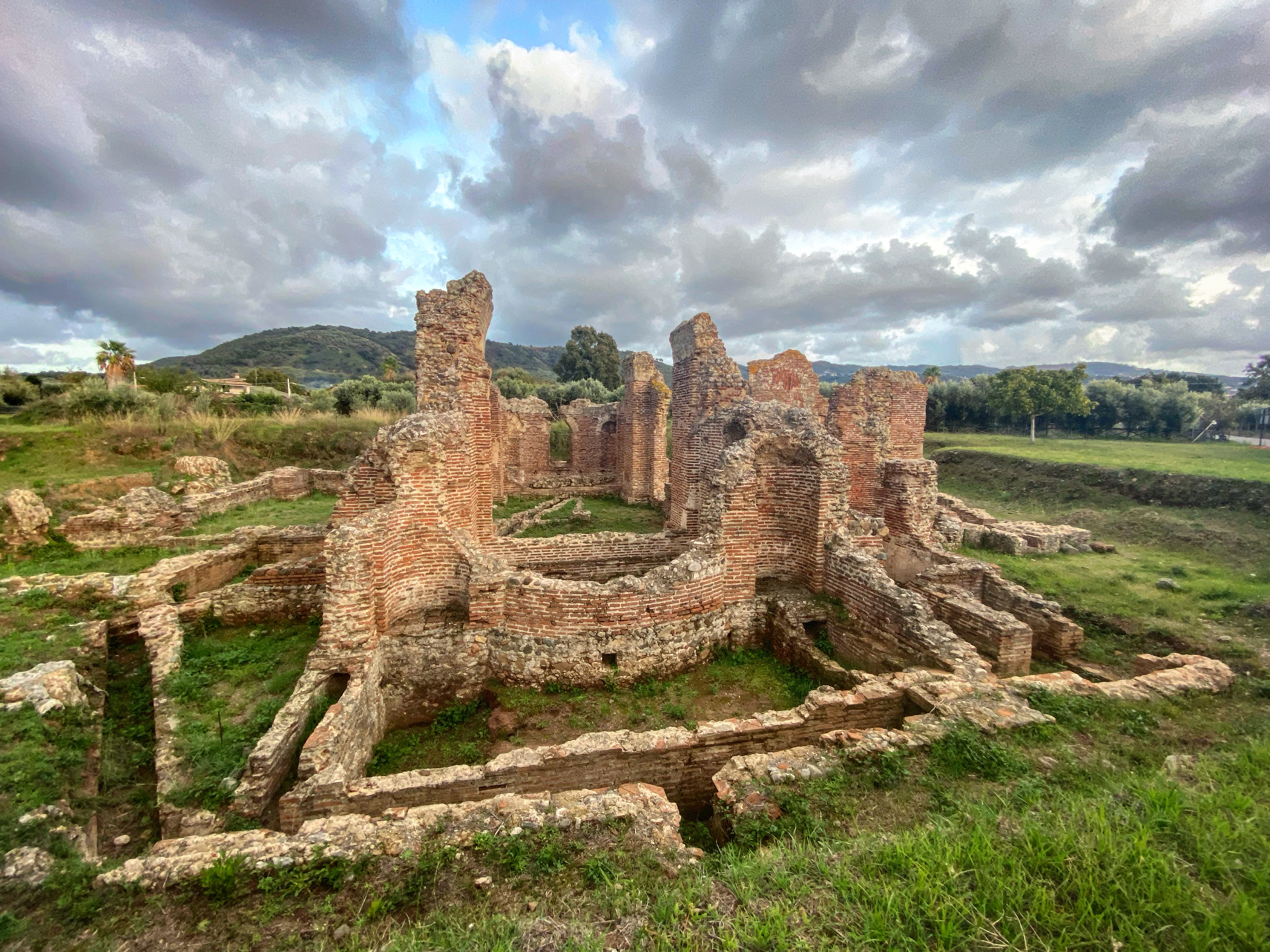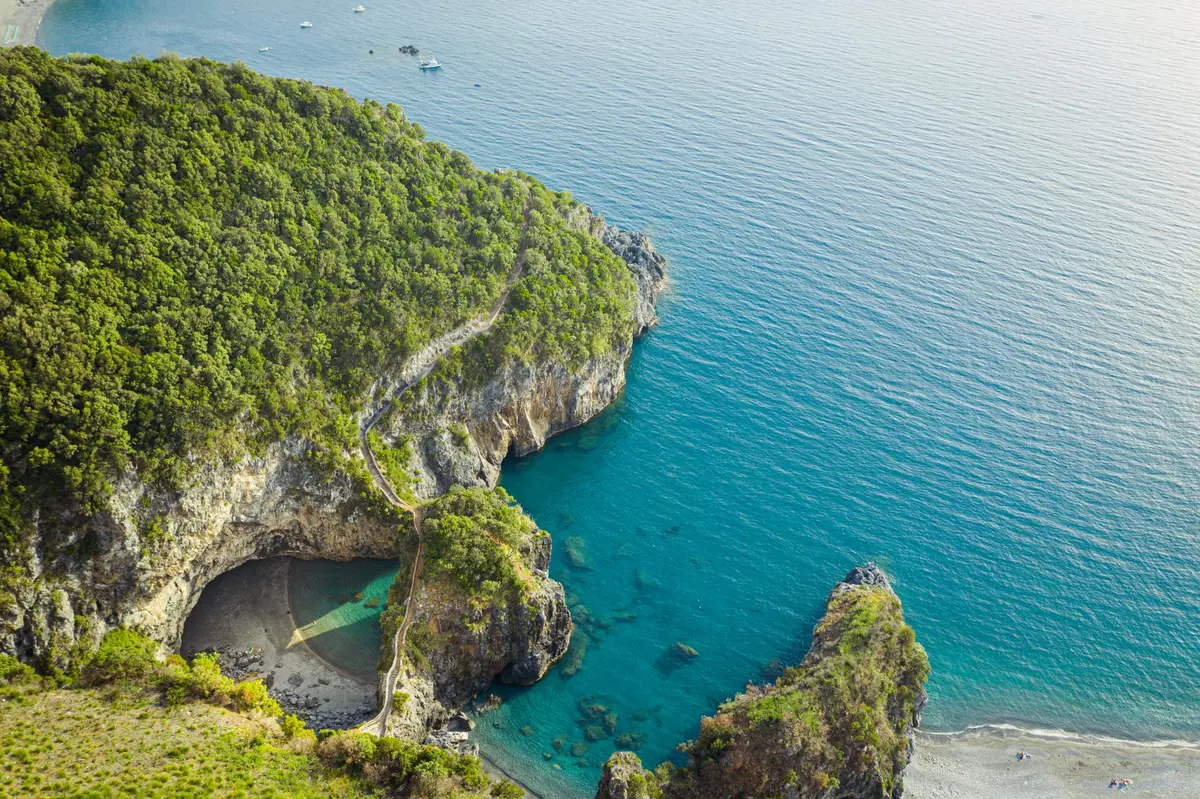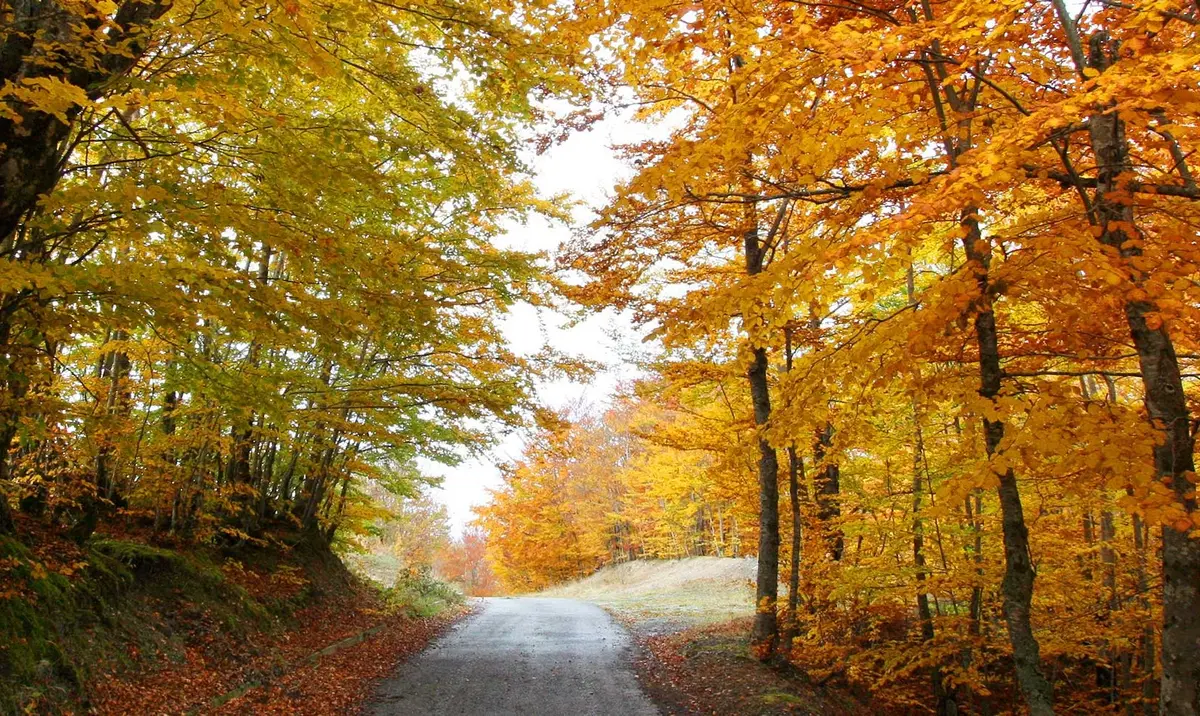Excursion to the Millennial Plane Tree in Curinga
Curinga, its Monumental Oriental Plane Tree and history-rich surroundings

Sport and nature
Elisabetta Cirianni
Also known as Vrisi Plane Tree, from the place where it is located, or Oriental Giant Plane Tree, the most famous tree in Calabria has its roots in the municipality of Curinga, in the province of Catanzaro, and is worth a visit like a cathedral or an open-air museum.
Let's take a closer look at the Curinga Millennial Plane Tree and also discover the surroundings of the magical place that hosts it.
The Curinga Plane Tree, a giant from the East
This plant has many records: its trunk, which is now hollow at the base, is more than three metres wide and can accommodate a dozen people inside; its circumference (20 metres at the base), its height (31.50 metres) and its age (more than 100 years) make it one of the largest and longest-lived plane trees in Italy.
In 2021, it won second place in the European Tree Of The Year competition.
This "gentle giant" comes directly from the East, probably following the Basilian monks who built the Hermitage of St. Elias the Elder (11th century) next door, setting a slender seedling to colossal growth.

The Curinga Oriental Plane Tree, originally from Armenia, is now a Giant Millenary Plane Tree, whose natural monumentality is to all intents and purposes the symbol of Curinga and one of the main attractions in its territory.
The subject of study and research, the Curinga Plane Tree has been scientifically surveyed in its dimensions by agronomist Andrea Maroè, one of Italy's foremost experts on "large trees" and scientific director of the Giant Trees Foundation, which censuses and protects this delicate type of plant nationally and internationally.
The Giant of Curinga has welcomed pilgrims and wayfarers into its hollow belly, who over the centuries have come and gone along the banks of the stream that runs alongside it, in the space of a "sacred" grove that today welcomes the curious from all over the world.
What to see and do in Curinga
The Curinga Plane Tree, or Vrisi Plane Tree after the name of the place where it is located, stands near the beautiful Hermitage of St Elias the Elder, the ancient Basilian hermitage built at least a thousand years ago by some monks from Armenia.
The current remains, immersed in the green of Contrada Corda, recall the typical forms of oriental architecture: the lower level of the building used for daily functions, the upper level as a dormitory; the splendid church with the apse still visible, surmounted by a splendid Byzantine dome.

From this pleasant spot, in a panoramic position surrounded by woodland, Eastern monasticism left its mark on the entire area, providing the inhabitants with an important spiritual and intellectual reference point, as well as a naturalistic one, contributing to the planting of various oriental trees in the area.
After all, the Curinga area has been known since antiquity for its thermal springs and health-giving water with curative properties, as demonstrated by the presence of another important attraction: the Roman Baths of Curinga, in the municipal district of Acconia.
Also known as the Baths of Acconia, these baths are unique in Calabria due to the state of conservation of the elevations, which still allows one to appreciate the almost complete size of the walls in elevation.

Part of a large monumental villa from the time of Diocletian (3rd-4th century B.C.), the Baths of Curinga perfectly preserve the rooms used for bathing: a large atrium used as a changing room, the frigidarium (cold pool), the tepidarium (intermediate warm pool) and the calidarium (hot sauna) connected by clearly visible water pipes.
To the attentive eye, some fascinating details do not escape, such as the footprints of a child, adult footwear and animals imprinted on the floor, or the remains of a previously unseen vaulted window, which probably opened onto the enchanting surrounding landscape.
A natural and man-made landscape at the same time, which also boasts the remains of an imposing Medieval Aqueduct used to convey water to the trappeti where sugar cane was once processed.
Don't miss a walk in the historical centre of Curinga, listed among the Villages of Excellence of the Region of Calabria. The town is a tangle of characteristic alleys (carrìari), small stone houses attached to each other and small squares overlooked by noble palazzi. The Cathedral (or Church of Sant'Andrea Apostolo), the Shrine of Maria Santissima del Carmelo and the Church of the Immacolata are worth a visit.

The folkloristic face of Curinga is encapsulated in the figure of the Pacchiàna, with her traditional festive and engagement dress; in the popular and pastoral music made up of ancient work songs and the use of the vrògna (a large shell used as a lure); in the gestures of the local craftsmen (weavers, wickerworkers, wrought iron workers and lute-makers) and in the typical dishes.
https://calabriastraordinaria.it/en/news/excursion-to-the-millennial-plane-tree-in-curinga



